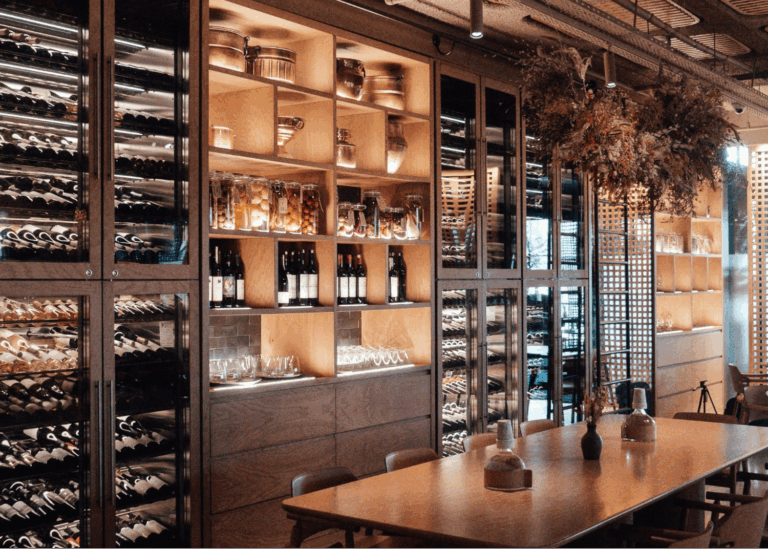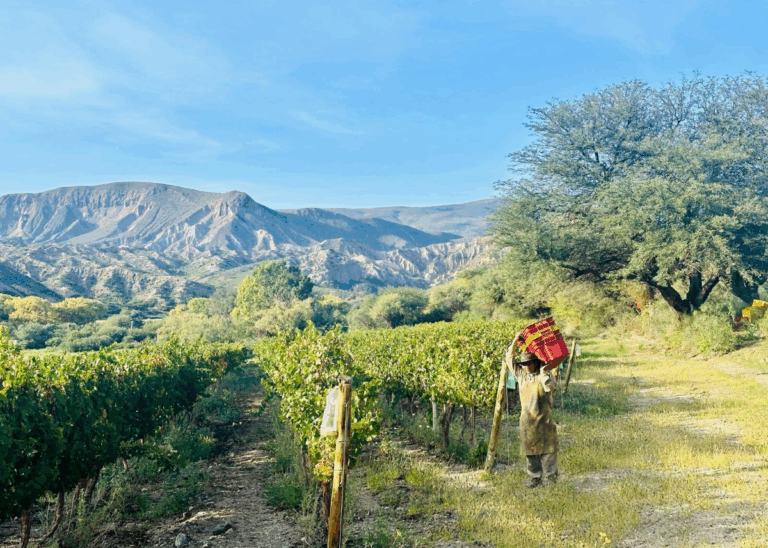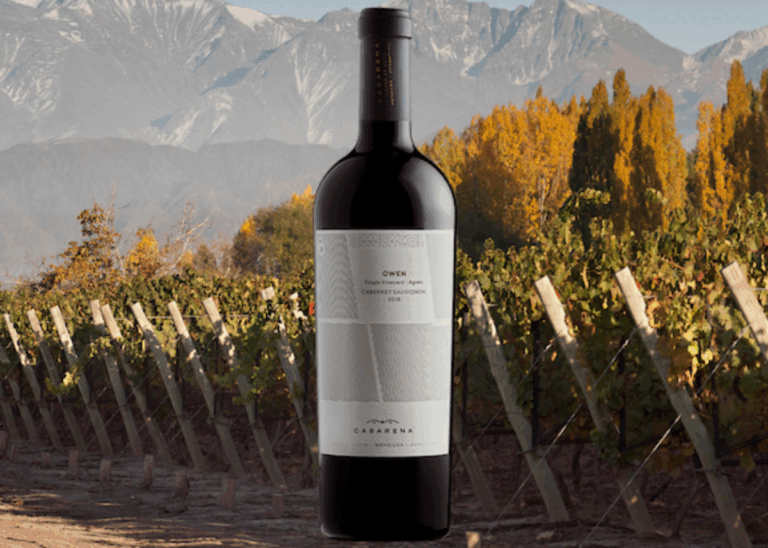[et_pb_section fb_built=”1″ _builder_version=”4.6.0″ _module_preset=”default”][et_pb_row _builder_version=”4.6.0″ _module_preset=”default”][et_pb_column type=”4_4″ _builder_version=”4.6.0″ _module_preset=”default”][et_pb_text _builder_version=”4.6.0″ _module_preset=”default” hover_enabled=”0″ sticky_enabled=”0″]
***
We’re hard at work putting together your Mediterranean Collection and we’ll be sending them out over the next few days.
In the meantime, be sure to check out Julien Miquel’s tasting for the Mediterranean Collection. You can watch it right here.
(Next week, we resume our regular tasting lesson programming.)
***
Clear blue waters, red ochre sunsets, and the white stone ruins of a world long gone, but not forgotten.
Welcome to the Mediterranean Sea.
When you say “Mediterranean wines,” people commonly think of Italy’s Tyrrhenian Coast or France’s Provence.
But the Mediterranean’s greatest treasures lie not in its mainland coastlines, but in its seas – the Adriatic, the Aegean, the Ionian, and the Tyrrhenian.
[/et_pb_text][et_pb_image src=”https://bonnerprivatewines.com/wp-content/uploads/2020/10/Terroirs-MedColl.png” title_text=”Terroirs-MedColl” _builder_version=”4.6.0″ _module_preset=”default” hover_enabled=”0″ align=”center” sticky_enabled=”0″][/et_pb_image][et_pb_text _builder_version=”4.6.0″ _module_preset=”default” hover_enabled=”0″ sticky_enabled=”0″]
The terroirs of our Mediterranean Collection
Here, the marine influence is at its height, with wind becoming a major factor in the growing season.
On Sardinia, at the vineyards of Vinicola Cherchi, the wind serves as protector – providing a type of natural pest control as it aerates the soil.
On Santorini, it serves as both tormentor – vines there grow in basket shapes for protection from the wind – and flavor enhancer (adding a touch of salt to local wines).
[/et_pb_text][et_pb_image src=”https://bonnerprivatewines.com/wp-content/uploads/2020/10/VinesSantorini.png” title_text=”VinesSantorini” _builder_version=”4.6.0″ _module_preset=”default” align=”center”][/et_pb_image][et_pb_text _builder_version=”4.6.0″ _module_preset=”default” hover_enabled=”0″ sticky_enabled=”0″]
Vines growing in basket shapes on Santorini
Also at play are the unique soils.
On Corsica, a type of limestone soil called petra bianca is said to be so antagonistic to pests that local vintner Eric Poli doesn’t bother using chemicals on his 50-year-old nielluccio vines (a relative of sangiovese).
On Sicily, they train the vines to grow in the shape of small trees (the albarello style), which maximizes sun and air exposure, while keeping the grapes low enough for a tempering influence from the earth.
[/et_pb_text][et_pb_image src=”https://bonnerprivatewines.com/wp-content/uploads/2020/10/AlbarelloVines.png” title_text=”AlbarelloVines” _builder_version=”4.6.0″ _module_preset=”default” align=”center”][/et_pb_image][et_pb_text _builder_version=”4.6.0″ _module_preset=”default” hover_enabled=”0″ sticky_enabled=”0″]
Tree-like albarello vines (a 3,000-year-old practice)
Many soils have a touch of the volcanic as well. The celebrated assyrtiko grape from Santorini grows on the edge of what looks like the sea but is, in fact, a massive underwater volcano.
[/et_pb_text][et_pb_image src=”https://bonnerprivatewines.com/wp-content/uploads/2020/10/CraterSantorini.png” title_text=”CraterSantorini” _builder_version=”4.6.0″ _module_preset=”default” align=”center”][/et_pb_image][et_pb_text _builder_version=”4.6.0″ _module_preset=”default” hover_enabled=”0″ sticky_enabled=”0″]
On the edge of the volcano’s crater in Santorini
Photo Cred: QwesyQwesy – Wikimedia Commons
When it erupted some 4,000 years ago, the resulting tsunami destroyed the Minoan civilization on the neighboring island of Crete. But it also may have given birth to the Atlantis myth, as vast stretches of Santorini (once a much fuller crescent in shape) sank beneath the waves. (The layer of volcanic ash on Santorini may also explain assyrtiko’s resistance to phylloxera – it is one of the few European grapes not grafted onto American rootstocks.)
In Sicily, too, the presence of black obsidian in the soil suggests the heavy influence of the nearby volcano of Mount Etna.
After tasting these wines, wine expert Julien Miquel dubbed them wines “of authenticity, history, character, and passion.”
Indeed, we challenge anyone to sample our Clos Alivu Patrimonio 2018 and tell us they’ve ever tasted cherry like that anywhere else (Julien certainly hadn’t).
[/et_pb_text][et_pb_image src=”https://bonnerprivatewines.com/wp-content/uploads/2020/10/Patrimonio2018.png” title_text=”Patrimonio2018″ _builder_version=”4.6.0″ _module_preset=”default” align=”center”][/et_pb_image][et_pb_text _builder_version=”4.6.0″ _module_preset=”default”]
And there’s a good reason agiorgitiko wines (like our Gainnikos Agiorgitiko “Lion” 2017) are said to have been the favorite wines of King Agamemnon (of Homer’s Iliad fame). They taste like something an ancient king might savor, in between bites of boar’s leg (though we recommend grilled sausage).
[/et_pb_text][et_pb_image src=”https://bonnerprivatewines.com/wp-content/uploads/2020/10/Agiorgitiko.png” title_text=”Agiorgitiko” _builder_version=”4.6.0″ _module_preset=”default” align=”center”][/et_pb_image][et_pb_text _builder_version=”4.6.0″ _module_preset=”default”]
But what impressed us the most about our journey around the Mediterranean islands was the sense of history woven into each region and grape type.
The Sicilian town of Noto (home to our Zisola Doppiozeta 2016, which Julien describes as “absolutely heaven”), is where the mythical figure of Daedalus is said to have landed after escaping his prison cell on wings of wax (his son, Icarus, was not so lucky).
[/et_pb_text][et_pb_image src=”https://bonnerprivatewines.com/wp-content/uploads/2020/10/Zisola-2016.png” title_text=”Zisola-2016″ _builder_version=”4.6.0″ _module_preset=”default” align=”center”][/et_pb_image][et_pb_text _builder_version=”4.6.0″ _module_preset=”default”]
In his Odyssey, Homer would describe Sicilian wine as “fragrant as ambrosia and nectar.”
The aforementioned agiorgitiko is nicknamed “blood of Hercules” – the grape’s dark color is said to come from Hercules’ encounter with the Nemean lion. As the two wrestled, Hercules bled out onto nearby vines, turning the grapes dark red.
With our Mediterranean Collection, we invite you to ignore current world events and find – amongst notes of flint, sea salt, lavender, and dark cherry – dreams of distant shores and a glorious past.
[/et_pb_text][et_pb_image src=”https://bonnerprivatewines.com/wp-content/uploads/2020/10/Med-Coll-BG.png” title_text=”Med-Coll-BG” _builder_version=”4.6.0″ _module_preset=”default” align=”center”][/et_pb_image][/et_pb_column][/et_pb_row][/et_pb_section]



